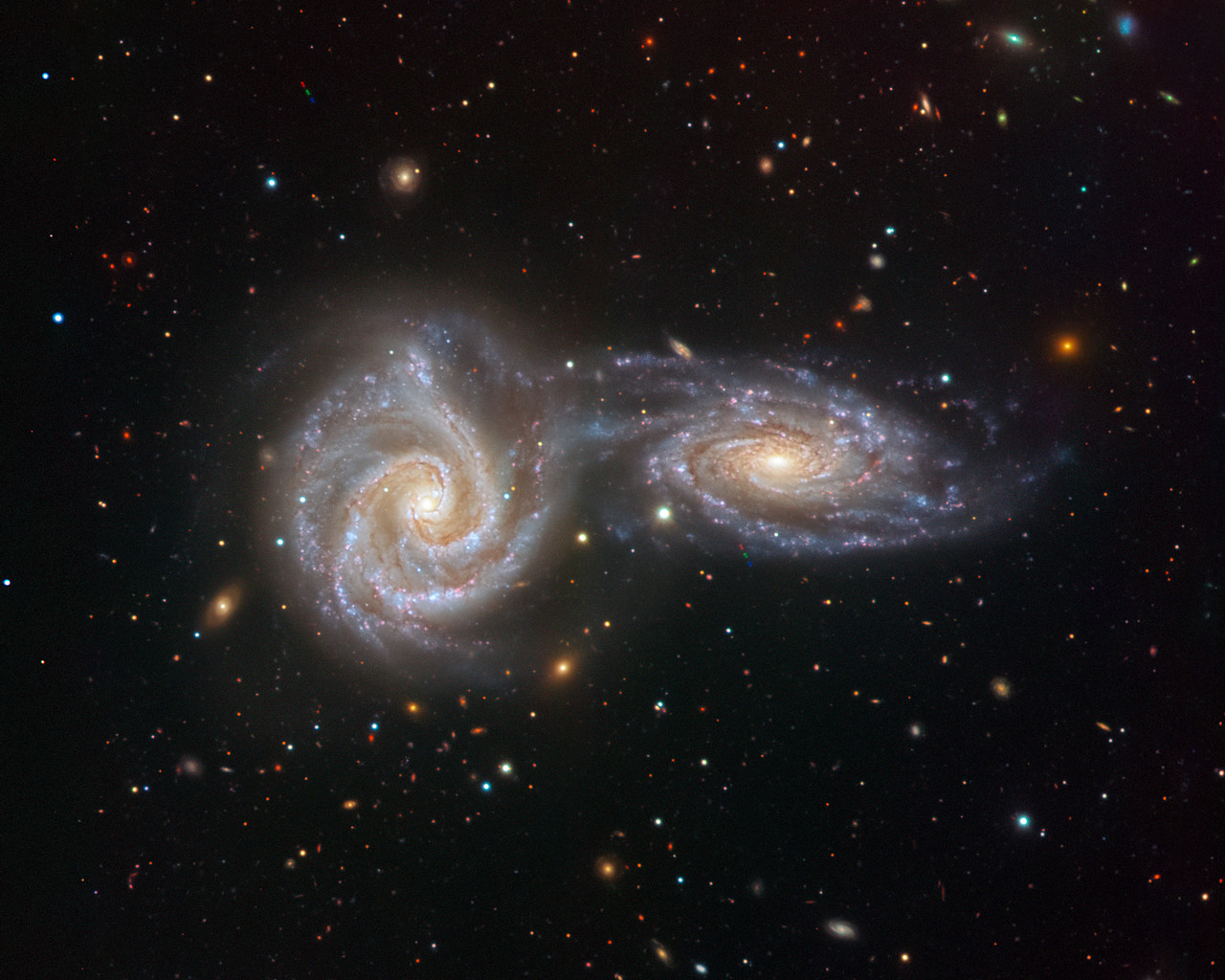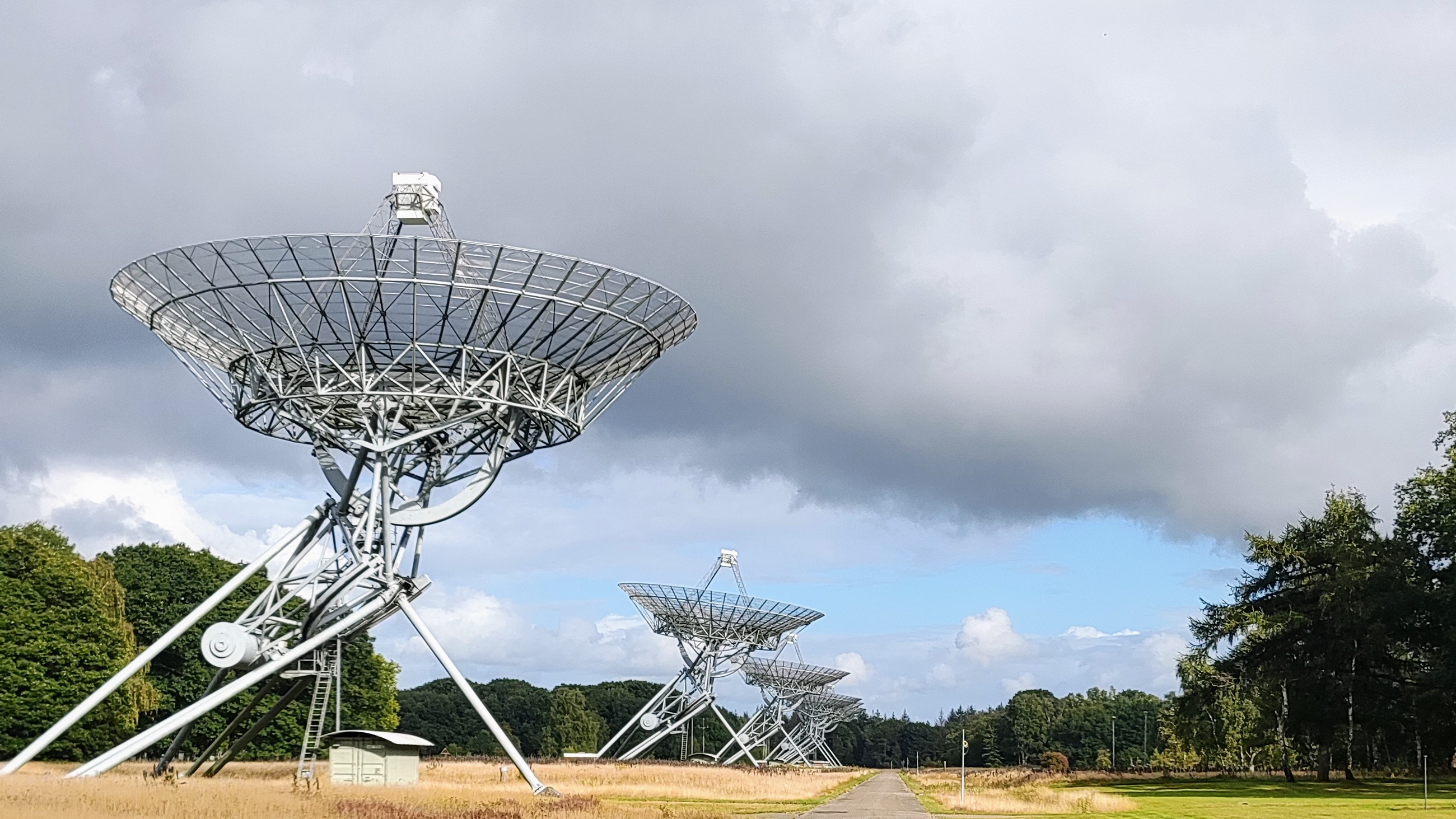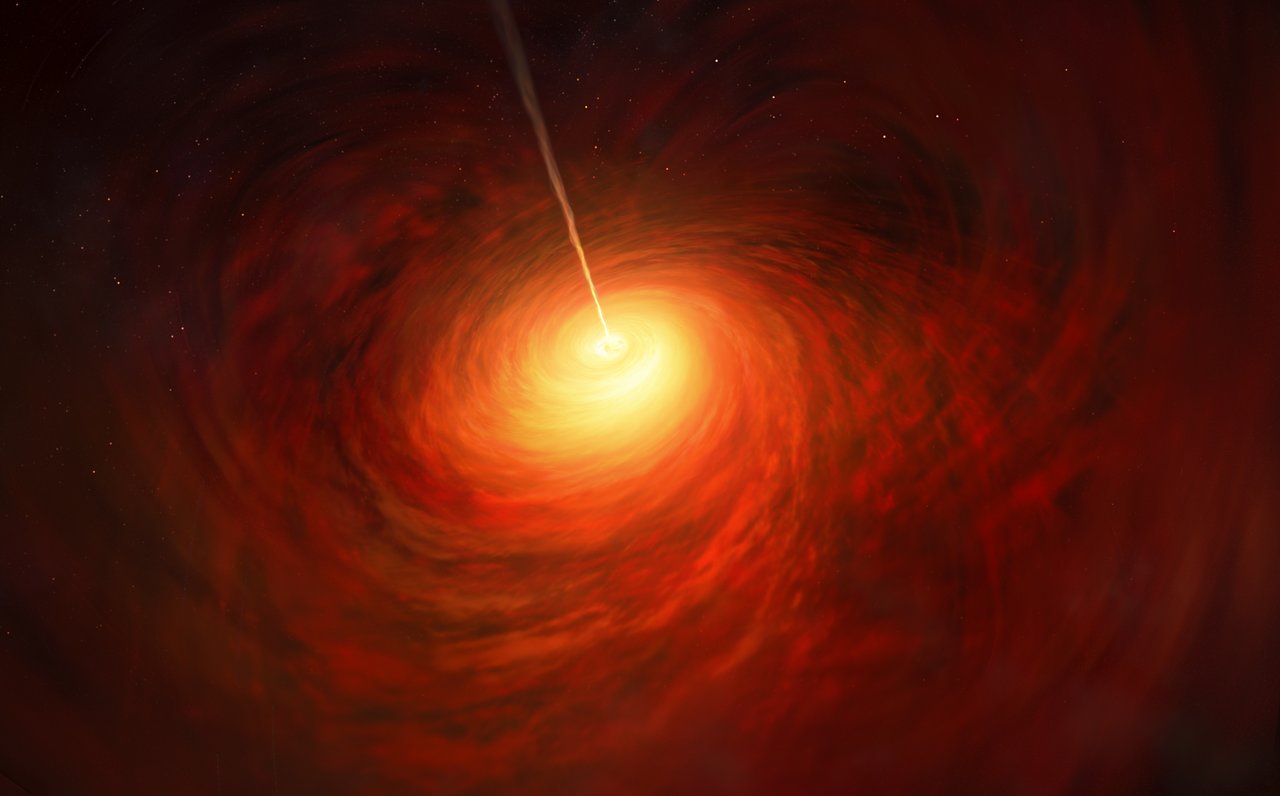Useful Tools for Astronomer
Python stuff
There are multiple reasons why Python offers a lot of advantages for astronomers (check this out). Some of the best modules that I found are:
- The astropy package, which contains key functionality and common tools needed for handling the FITS file, table, coordinate systems, built-in models, convenient fitting algorithms, calculations with units, and much more.
- The spectral-cube, for reading, manipulating, analyzing, and writing data cubes with two positional dimensions and one spectral dimension.
- The APLpy (the Astronomical Plotting Library in Python), is a powerful and interactive plotting package aimed at producing publication-quality plots of astronomical imaging data.
- The scikit-learn, efficient tools for machine learning and predictive data analysis.
- The Lmfit, a high-level interface to non-linear optimization and curve-fitting problems.
- The photutils, a module for detecting and performing photometry of astronomical sources.
Reference management
For managing the list of papers that I have read, Mendeley is a good option as a free reference manager. Mendeley also allows you to sort papers by keyword, produce a BibTeX file that can be used for LaTeX documents, and easily annotate PDFs.
Useful websites
- ArXiv discussions at Benty-fields.
- Tips and tricks for professional astronomers at AstroBetter.
- Astronomy-related jobs list at AAS.




